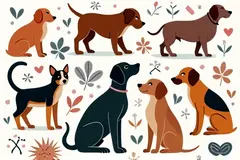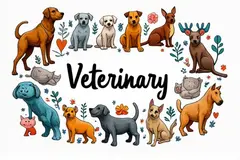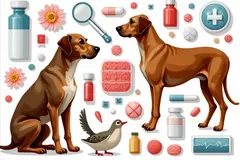 Is a covering for the coffin bone and is located between the coffin bone and the horny wall.... ↪ Read more
Is a covering for the coffin bone and is located between the coffin bone and the horny wall.... ↪ Read more Veterinary Drug Handbook (VDH) is the reference veterinarians turn to when they want an independent source of information on the drugs that are used in veterinary medicine today.
-
 Is veterinary Liniment Gel safe for humans?
Is veterinary Liniment Gel safe for humans? -
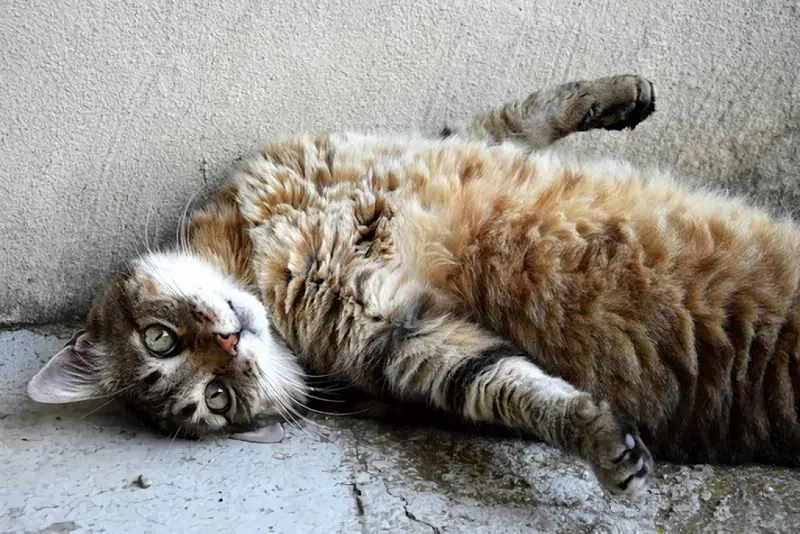 Giving Your Cat A Pill
Giving Your Cat A Pill -
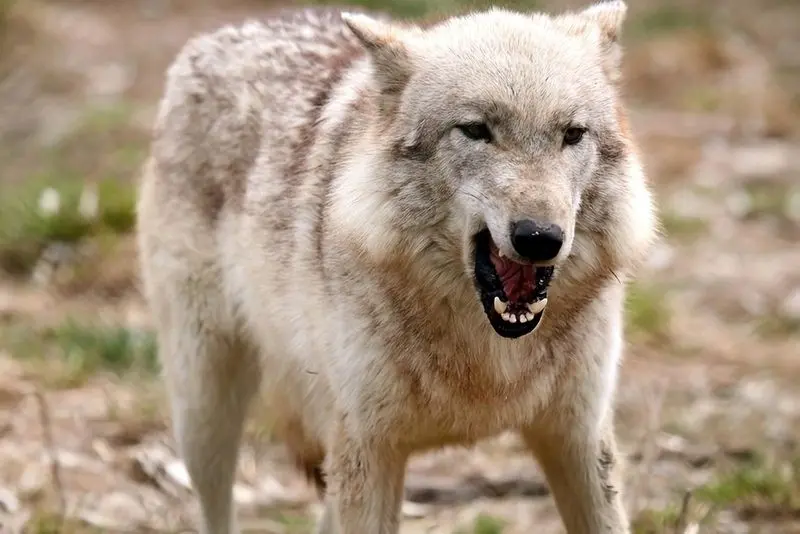 Dog Aggression
Dog Aggression -
 Dogs May Help Boost Infant Health
Dogs May Help Boost Infant Health -
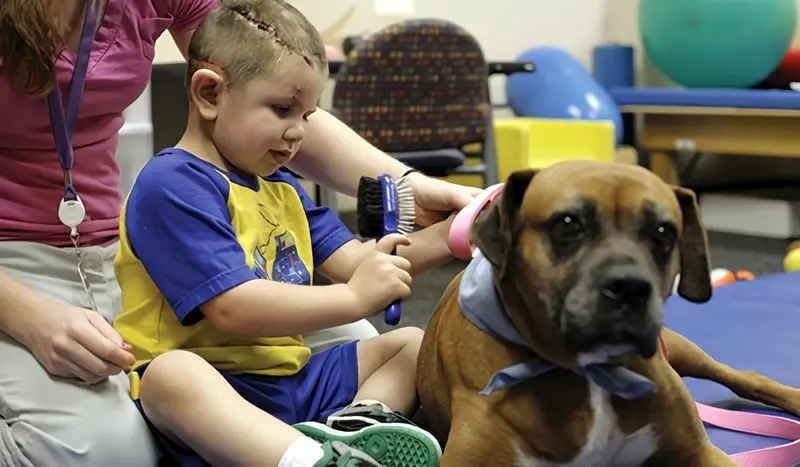 Animal-Assisted Therapy, Veterinary Social Work, & Social Work With People & Pets in Crisis
Animal-Assisted Therapy, Veterinary Social Work, & Social Work With People & Pets in Crisis -
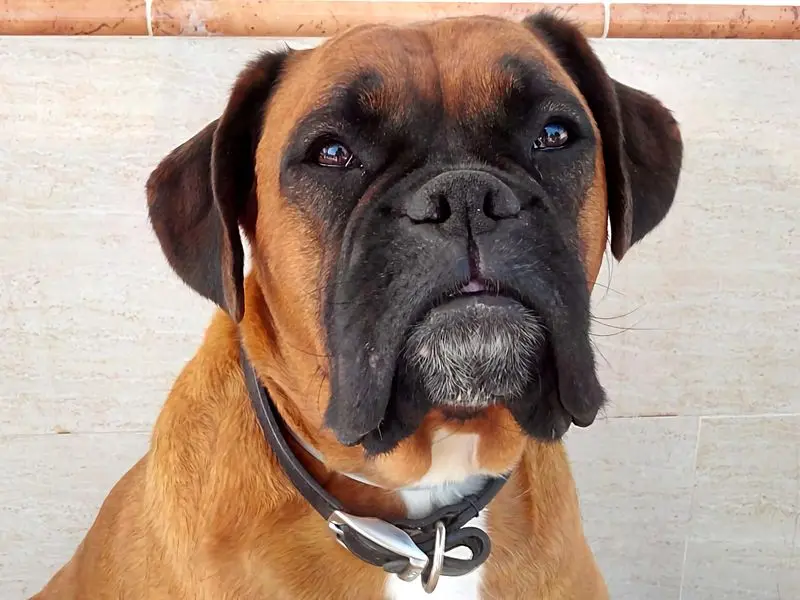 On-demand veterinary service gives advice on poorly pets
On-demand veterinary service gives advice on poorly pets -
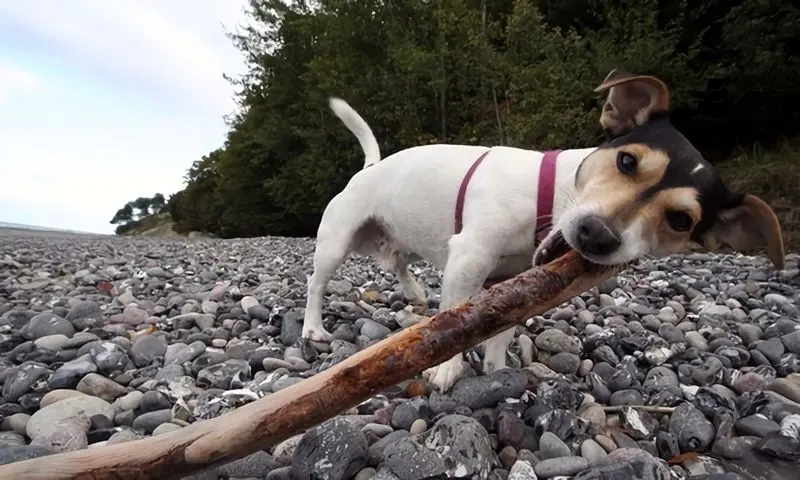 Should we stop throwing sticks for dogs?
Should we stop throwing sticks for dogs? -
 Can breathing in cat hair be harmful?
Can breathing in cat hair be harmful? -
 What does PU/PD mean in veterinary medicine?
What does PU/PD mean in veterinary medicine? -
 Bill calls for ban on sales of dogs, cats in Maine pet stores
Bill calls for ban on sales of dogs, cats in Maine pet stores -
 Common Meanings Of Cat Behavior
Common Meanings Of Cat Behavior -
 What does DVM stand for in veterinary?
What does DVM stand for in veterinary? -
 Curing Bad Cat Breath
Curing Bad Cat Breath -
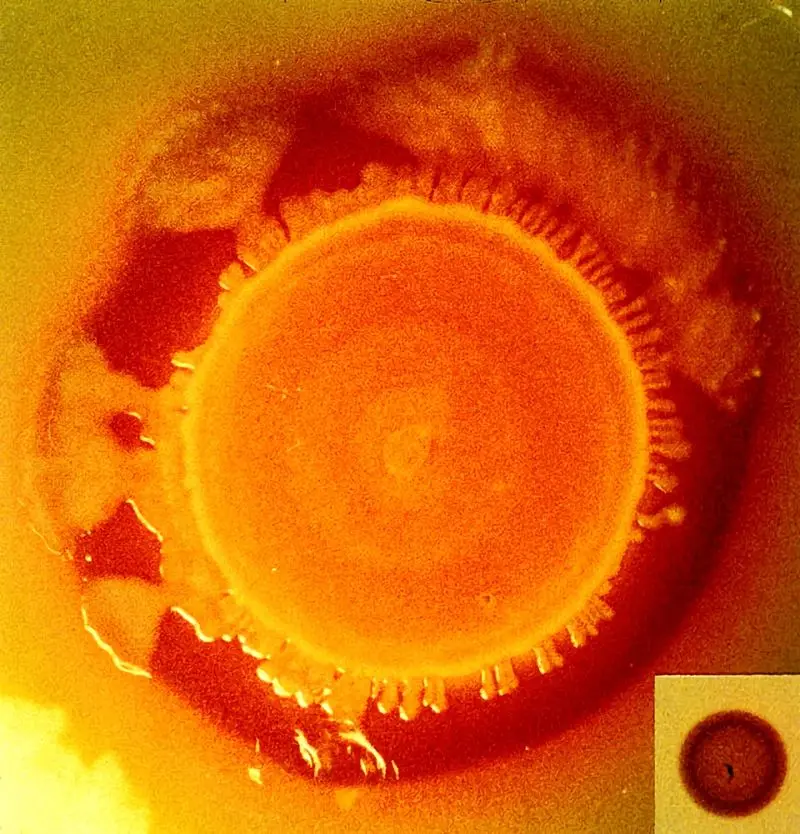 New Tracking Tool for Pathogen Investigators
New Tracking Tool for Pathogen Investigators -
Can binturongs be kept as pets?
-
 How long do instruments stay sterile after autoclaving veterinary?
How long do instruments stay sterile after autoclaving veterinary?
SENSITIVE LAMINAE
 Is a covering for the coffin bone and is located between the coffin bone and the horny wall.... ↪ Read more
Is a covering for the coffin bone and is located between the coffin bone and the horny wall.... ↪ Read more SENSITIVE FROG
 Is filled with nerves and blood vessels that nourish the inner and outer structure of the lower limb.... ↪ Read more
Is filled with nerves and blood vessels that nourish the inner and outer structure of the lower limb.... ↪ Read more SEMILUNAR CREST
SELENIUM
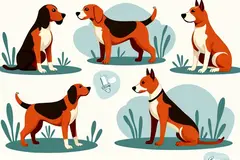 A nonmetallic element. Atomic number 34. Atomic weight 78.96. Selenium is a naturally occurring mineral nutrient which is deficient in nearly all US soil east of the Mississippi, and much of the rest of the nation. Selenium deficiency in horses has been implicated in suspensory ligament soreness,... ↪ Read more
A nonmetallic element. Atomic number 34. Atomic weight 78.96. Selenium is a naturally occurring mineral nutrient which is deficient in nearly all US soil east of the Mississippi, and much of the rest of the nation. Selenium deficiency in horses has been implicated in suspensory ligament soreness,... ↪ Read more SEEDY TOE
 Spreading of the white line, usually most prevelant and obvious in the forward, toe area of the hoof. The condition may be caused by a number of factors, although it usually is a sequal to chronic laminitis.... ↪ Read more
Spreading of the white line, usually most prevelant and obvious in the forward, toe area of the hoof. The condition may be caused by a number of factors, although it usually is a sequal to chronic laminitis.... ↪ Read more SEATING OUT
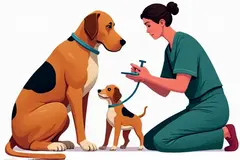 Sloping the inner part of the hoof-side of a horseshoe web away from the hoof. This is done to prevent the shoe from putting pressure on the sole.... ↪ Read more
Sloping the inner part of the hoof-side of a horseshoe web away from the hoof. This is done to prevent the shoe from putting pressure on the sole.... ↪ Read more SEALANT
SDF
 Superficial Digital Flexor Tendon. A tendon which runs down the back of the leg, splits below the fetlock, and attaches to the P I and P II. In the hind legs, the SDF acts primarily as a ligament of the stay apparatus.... ↪ Read more
Superficial Digital Flexor Tendon. A tendon which runs down the back of the leg, splits below the fetlock, and attaches to the P I and P II. In the hind legs, the SDF acts primarily as a ligament of the stay apparatus.... ↪ Read more SCOTCHED
 Describes a horseshoe which has its outer edge sloped outward from the hoof surface down to the ground surface. This is usually done on draft horseshoes to give the horse a greater base of support and create the appearance of a larger hoof.... ↪ Read more
Describes a horseshoe which has its outer edge sloped outward from the hoof surface down to the ground surface. This is usually done on draft horseshoes to give the horse a greater base of support and create the appearance of a larger hoof.... ↪ Read more SCLEROSIS
 [from the Greek skleros, hard]: Hardening of soft tissues, especially nerves, due to disease.... ↪ Read more
[from the Greek skleros, hard]: Hardening of soft tissues, especially nerves, due to disease.... ↪ Read more SCIENTIFIC PROCESS
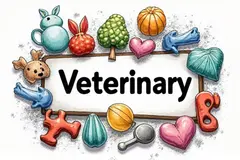 Systematic use of controlled experiments to try to prove AND disprove a given hypothesis.... ↪ Read more
Systematic use of controlled experiments to try to prove AND disprove a given hypothesis.... ↪ Read more SCAPLING
 Fault of gait which results in the toe of a fore hoof striking the dorsal surface of the lateral hind hoof or leg.... ↪ Read more
Fault of gait which results in the toe of a fore hoof striking the dorsal surface of the lateral hind hoof or leg.... ↪ Read more Popular Diagnoses
Packed cell volume (PCV, hematocrit) Reflex ovulator Mucolytic Microfilaricide Bronchodilator Hematocrit Glucocorticoid Monoamine oxidase inhibitor (MAOI) ↪ All veterinary diagnoseOther Diagnoses
Intermediate Host Intracellular Intramuscular Intranasal Intravenous Iris Isoflavone JaundicePopular Veterinary Clinics
VCA Welborn Animal Hospital, 7860 Washington Avenue Kansas City, KS 66112 USA MedVet Columbus, 300 East Wilson Bridge Road, Worthington, OH Rutland Veterinary Clinic & Surgical Center, 90 East Pittsford Road, Rutland, VT VCA Paradise Valley Emergency Animal Hospital, 6969 East Shea Boulevard Suite 150 Scottsdale, AZ 85254 USA Connecticut Veterinary Center & Pet ER, 470 Oakwood Ave West Hartford, CT 06110 USA Norway Veterinary Hospital, 10 Main St P.O. Box 273 Norway, ME 04268 USA Craig Road Animal Hospital, 5051 West Craig Road, Las Vegas, NV Abri Veterinary Hospital Inc, 1449 Trademart Boulevard Winston-Salem, NC 27127 USA ↪ All veterinary clinicsOther Veterinary Clinics
Midwest Veterinary Hospital Inc, 720 S Air Depot Midwest City, OK 73110 USA Oakwood Veterinary Clinic, 4406 SE 44th Street, Oklahoma City Accent On Cats-Cat Clinic, 9660 SW Beaverton Hillsdale Highway Beaverton, OR 97005-3307 USA Animal Health Associates, 2835 Willamette St Eugene, OR 97405 USA Animal Medical Care, 162 NE 10th Street Newport, OR 97365 USA Barbur Blvd Veterinary Hospital, 10629 SW Barbur Boulevard Portland, OR 97219-6850 USA Bayshore Animal Hospital, 325 SE Marlin Avenue, Warrenton, OR Bethany Family Pet Clinic, 15166 NW Central Drive, PortlandPopular Drugs
DOXYLAMINE SUCCINATE Doses - PENICILLIN V POTASSIUM Doses - METHYLPREDNISOLONE, METHYLPREDNISOLONE ACETATE, METHYLPREDNISOLONE SODIUM SUCCINATE ACEPROMAZINE MALEATE Doses - PREDNISOLONE, PREDNISOLONE SODIUM SUCCINATE, PREDNISOLONE ACETATE, PREDNISONE Doses - FURAZOLIDONE Doses - FERROUS SULFATE Doses - LEVAMISOLE ↪ All veterinary drugOther Drugs
PrednisTab® (Prednisolone, USP) Improvest® (Gonadotropin Releasing Factor Analog-Diphtheria Toxoid Conjugate, 0.2 mg/mL) Magna PrednisTab® (Prednisolone, USP) Isoflurane, USP Inhalation Anesthetic For Use in Horses and Dogs Endosorb Endosorb Bolus Hexa-CainePopular Terms
Subalbinotic Steatis Uteroverdin Paradoxical CSF acidosis Figure of 8 suture pattern Nerve root signature Ovariohysterectomy Abrev OVH Signalment ↪ All veterinary termOther Terms
Hog down Hog holder Hog ring Hold up milk Lunker Luster Luxation Lymphveterinary-help.com
© 2011-2025 Veterinary Clinics, Diagnoses, Terms and Drug Handbook Online


